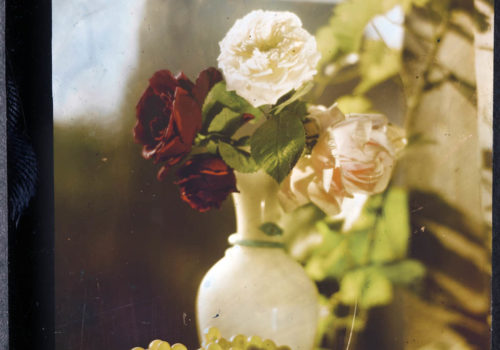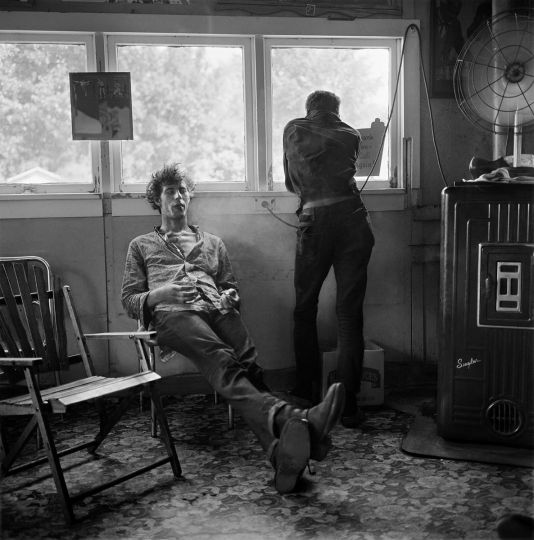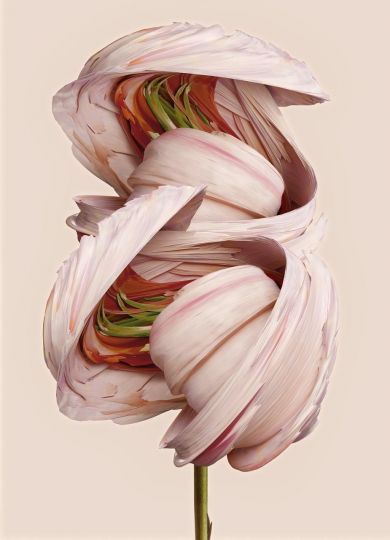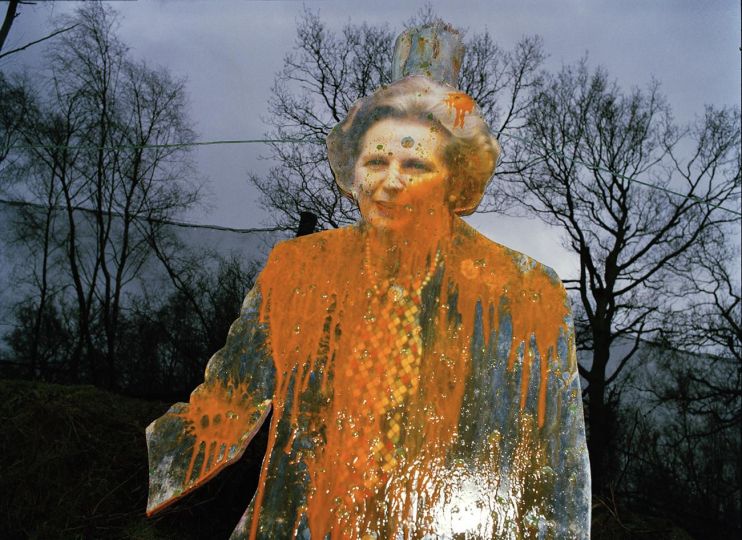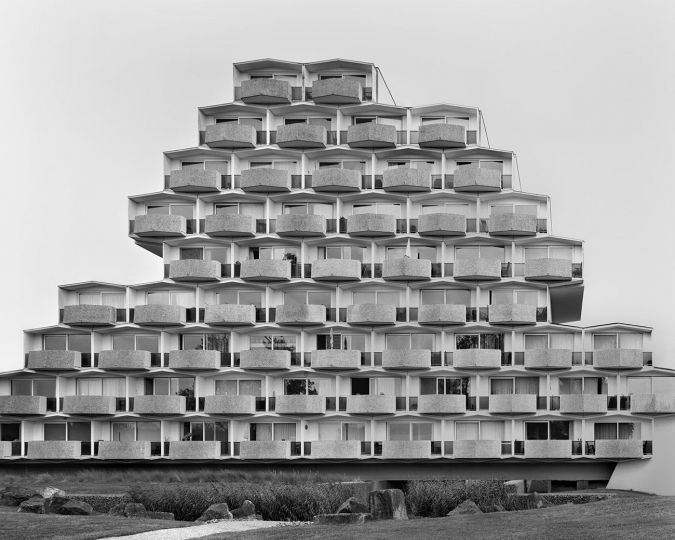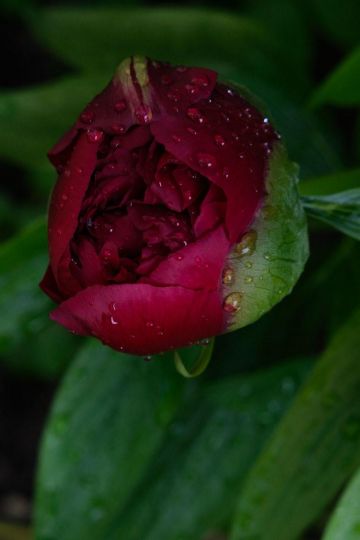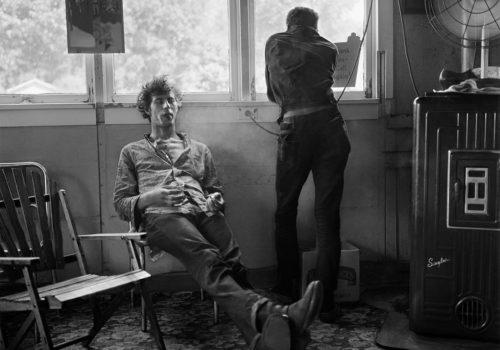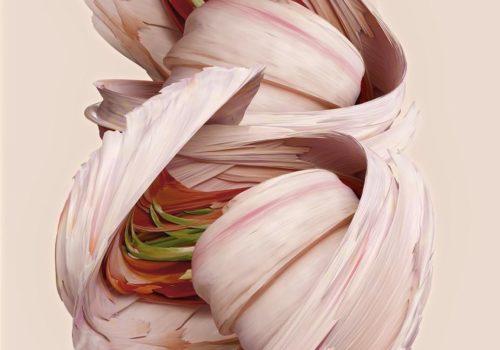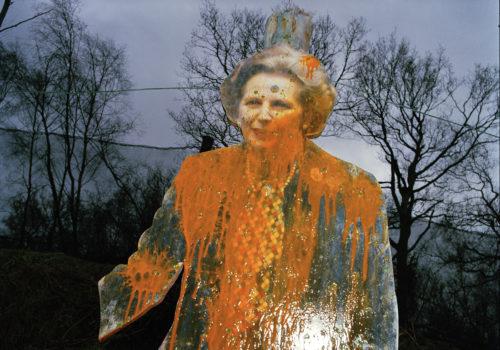Gabriel Lippmann, Interference Color Photography
Born in Luxembourg on August 16th, 1845, appointed professor of physics at the Sorbonne in 1883, elected to the Académie des Sciences in 1886, Gabriel Lippmann was the author of many scientific works on electricity, optics and measurement devices. He became known internationally with the invention of a “direct” process of color photography, which he introduced in 1891 and which would earn him the Nobel Prize in Physics in 1908. While never developed commercially, this standing wave process is remarkable in many ways. It was an original contribution to the wave theory of light and served as an effective solution to the problem of color photography.
Klaus Biedermann explains how the Lippmann method works in detail:
He projected an optical image as usual onto a photographic plate, but through its glass plate with the almost transparent emulsion of extremely fine grains on the backside. Then he added the interference effect by placing a mercury mirror in contact with the emulsion. The image went through the emulsion, hit the mirror, and then returned the light back into the emulsion. A suitable thickness of this photographic layer corresponds to around ten or more wavelengths. The image projected onto the plate did not plainly expose the emulsion according to the local distribution of irradiance. Rather, the exposure was encoded when the wave field returned within the emulsion and created standing waves, whose nodes gave little exposure, whereas the bulges gave maximum effect. Hence, after development, the photographic layer contained some twenty or more lamellae of silver grains with different periods for different colors in the image. When, after development, white light is shone on the plate in reflection, it will be scattered at these silver grains in all directions. Into the direction from which the standing wave pattern had been generated, the scattered light fields having the same wavelength as the period of the lamellae will be in phase, interfere constructively, and together create a strong color image.
In May 1893, a selection of Lippmann’s images was exhibited in Paris, where they caused a sensation. But due to the long exposure times, delicate process and the impossibility of producing prints on paper, the Lippmann method never caught on with the general public.
The 133 landscapes, portraits and still lifes owned by the Musée de l’Elysée de Lausanne are a unique set of color photographs shot by Lippmann himself.

